India has a high burden of silicosis, which is conventionally detected by chest x-ray showing bilateral, patchy, white, nodular opacities among the workers with history of silica dust exposure for a considerable duration of 15 – 20 years or more. Silicosis is a neglected occupational disease. It is a pathological process, which is irreversible and clinically incurable as the disease is progressive even after stoppage of silica dust exposure or retiring from their jobs. Till date silicosis experts and researchers have very little or no idea about subradiological or invisible silicosis (radiologically undetectable) and its detrimental consequences. Subradiological silicosis has the same consequences like radiologically confirmed silicosis, which could only be detected by an operationally difficult and a hazardous pathological examination of lung tissue biopsy taken through the outer chest wall or through bronchoscopy. Both forms of silicosis are facilitators of pulmonary tuberculosis and lung cancer due to continuous destruction lung immunity by the inhaled silica particles and retention of silica within lungs. Based on our extensive research experience in silicosis, it is realised that unless silicosis including its subradiological component is clearly addressed & intervened, elimination of tuberculosis in India & similar other countries will be extremely difficult to achieve. On the other hand, India has targeted for its elimination by 2025. Considering above, this book has attempted to throw some light on newer dimension of silicosis – subradiological or invisible silicosis, which was never recognised earlier, nor even understood properly that it is equally related with pulmonary tuberculosis and lung cancer. The authors have also mentioned about their recently explored biomarker of lung damage for evaluation of silicosis. Additionally, this book also highlighted about how to detect silicosis and subradiological silicosis among silica dust exposed workers using a point of care, semi-quantitative, silicosis detection kit that has been developed for the first time in India for this purpose. This kit will be extremely useful for dual control of both silicosis as well as silico-tuberculosis if used with proper planning.

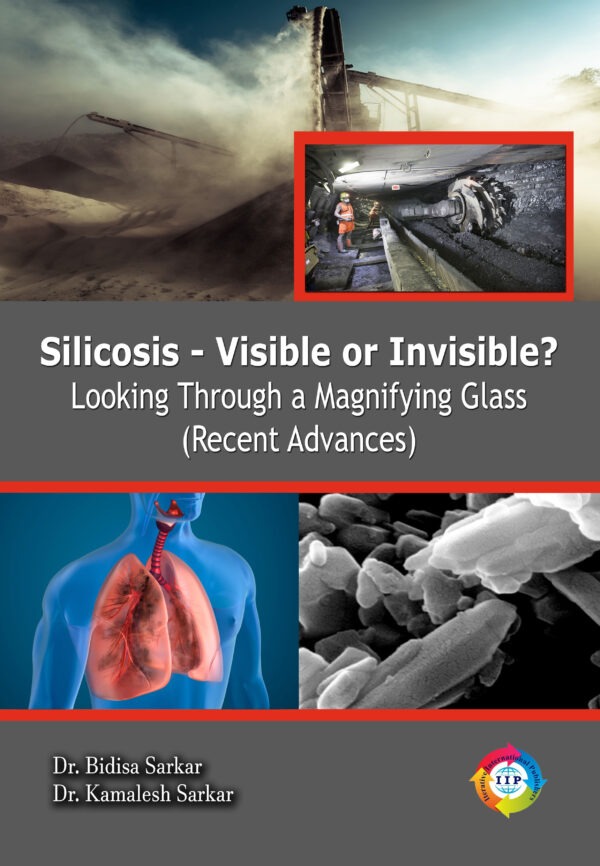
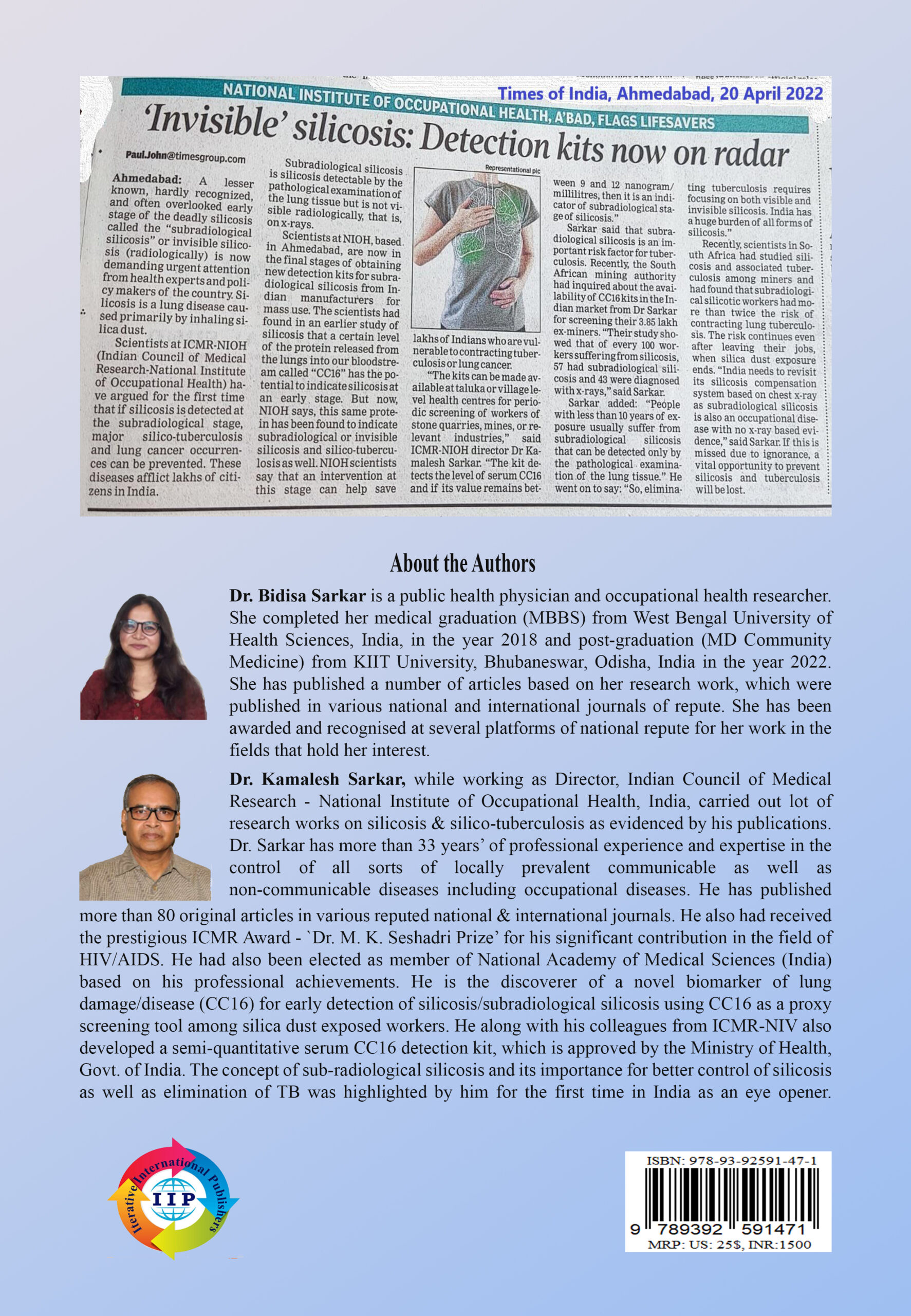
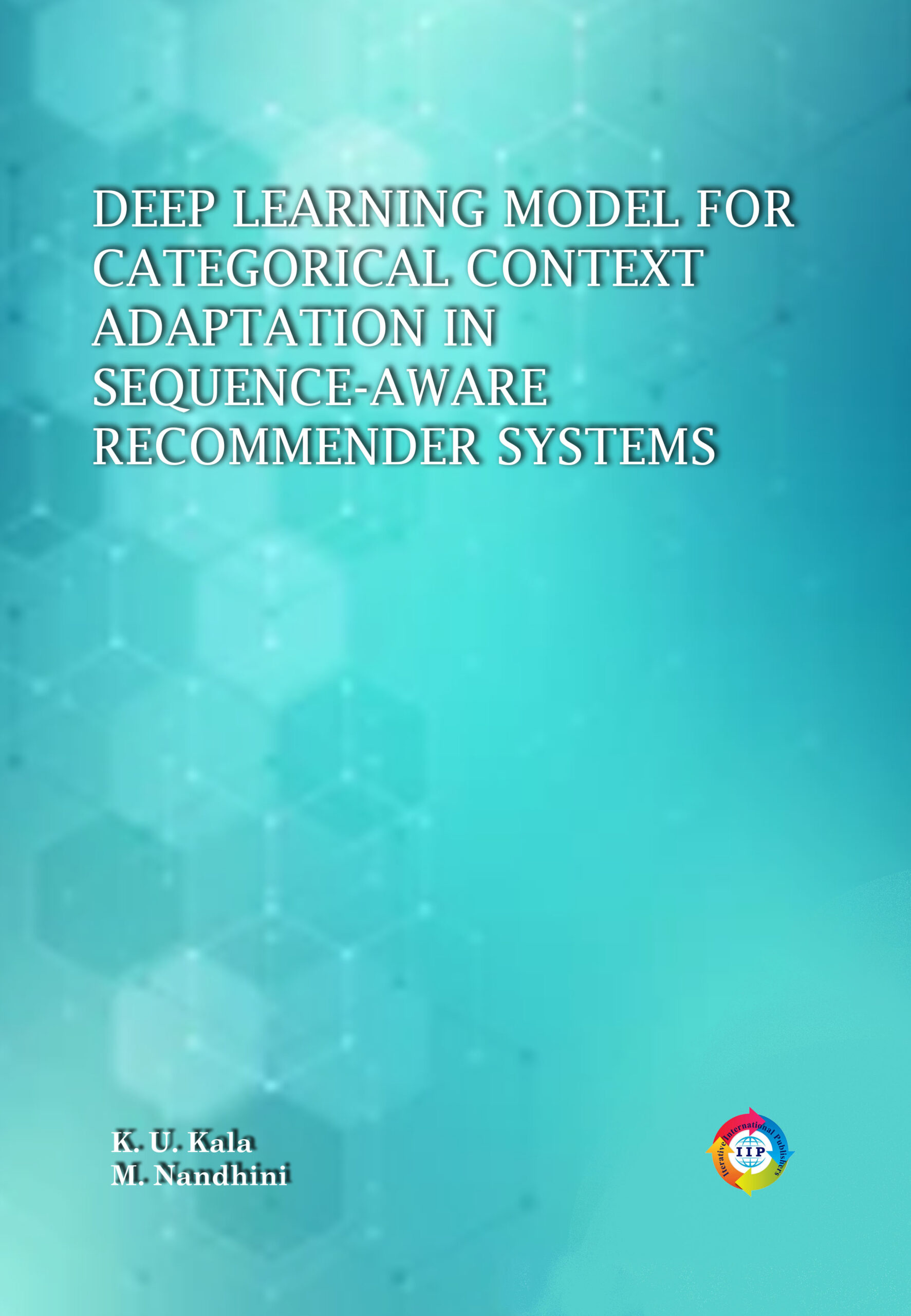

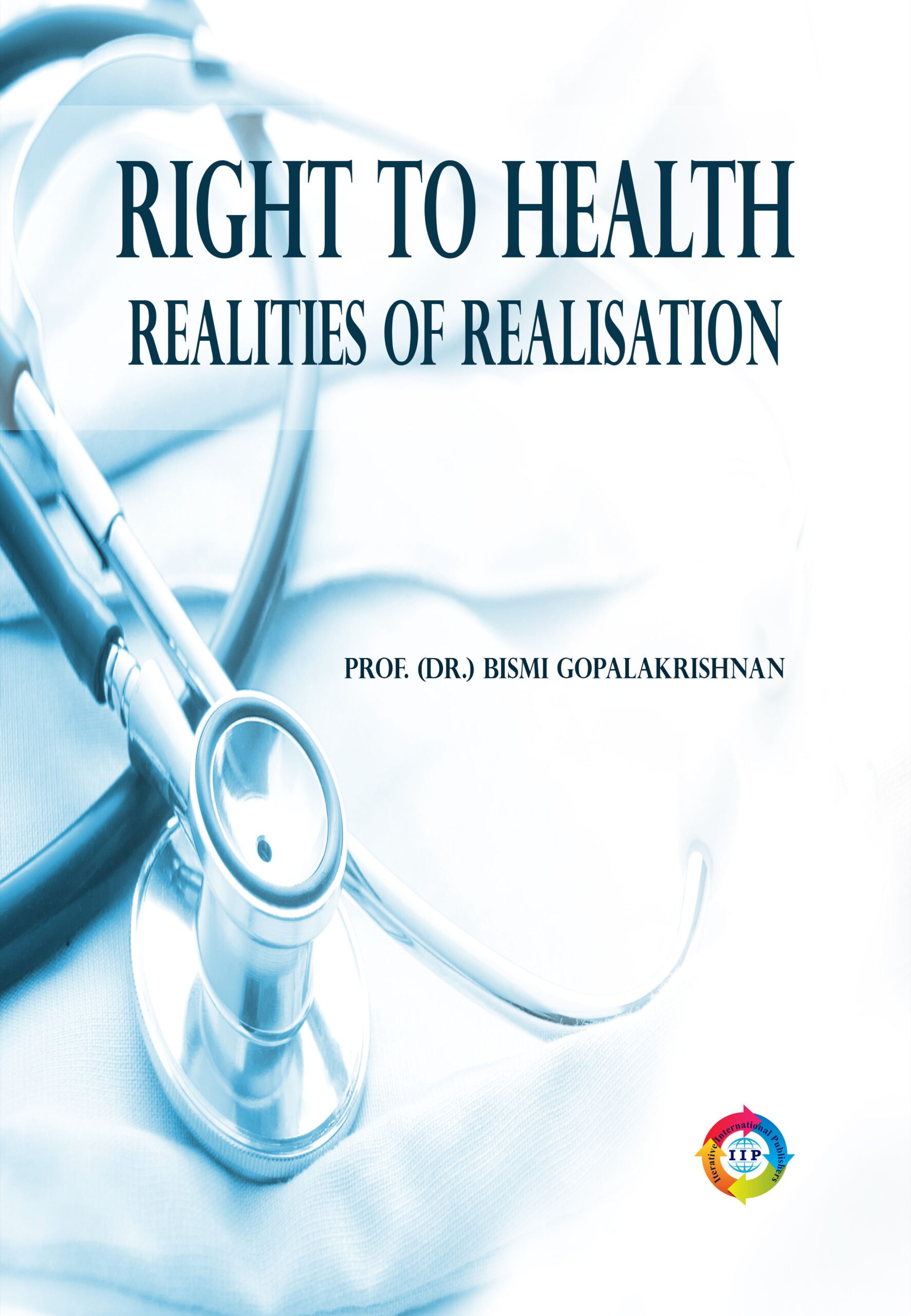

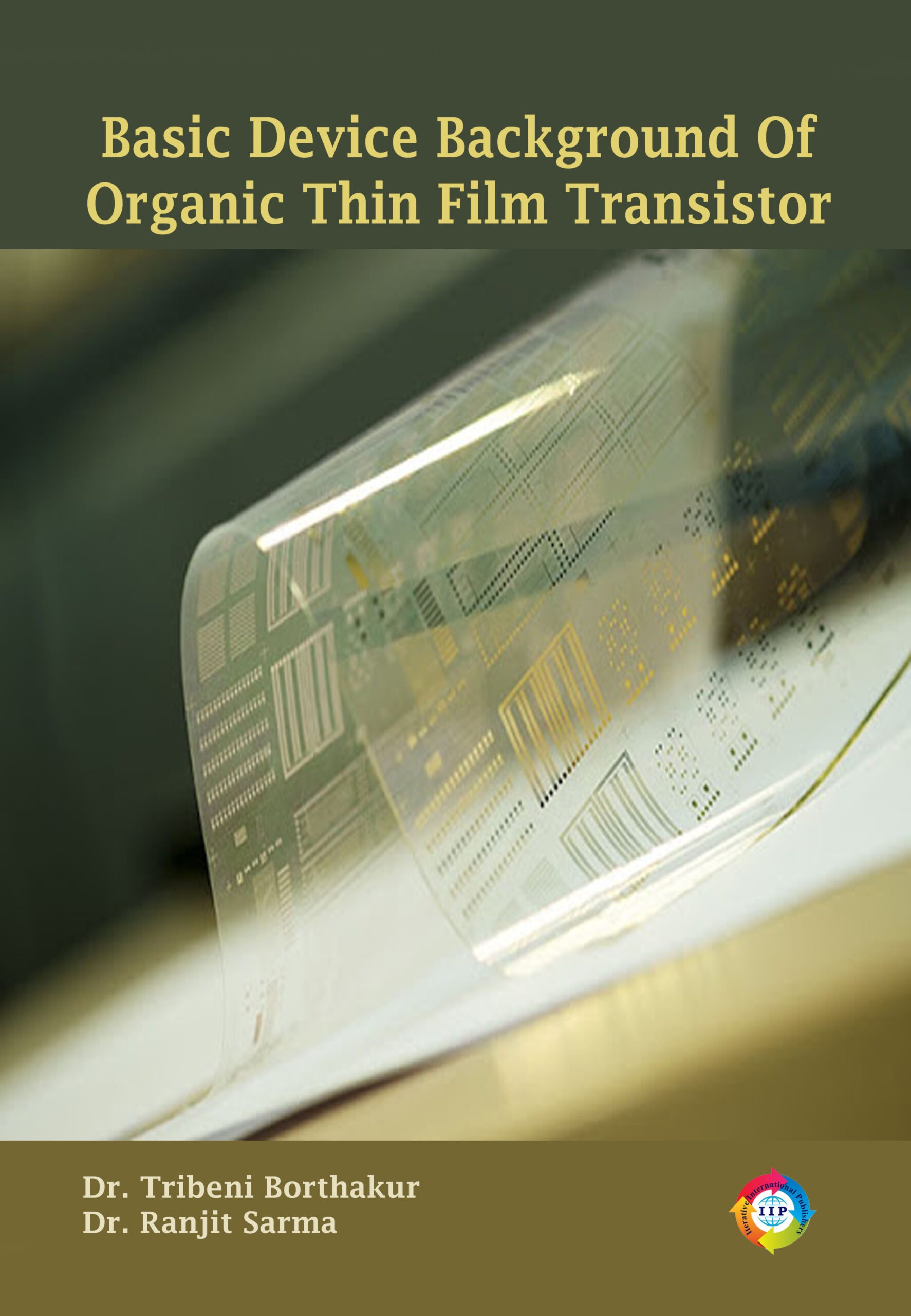

Reviews
There are no reviews yet.